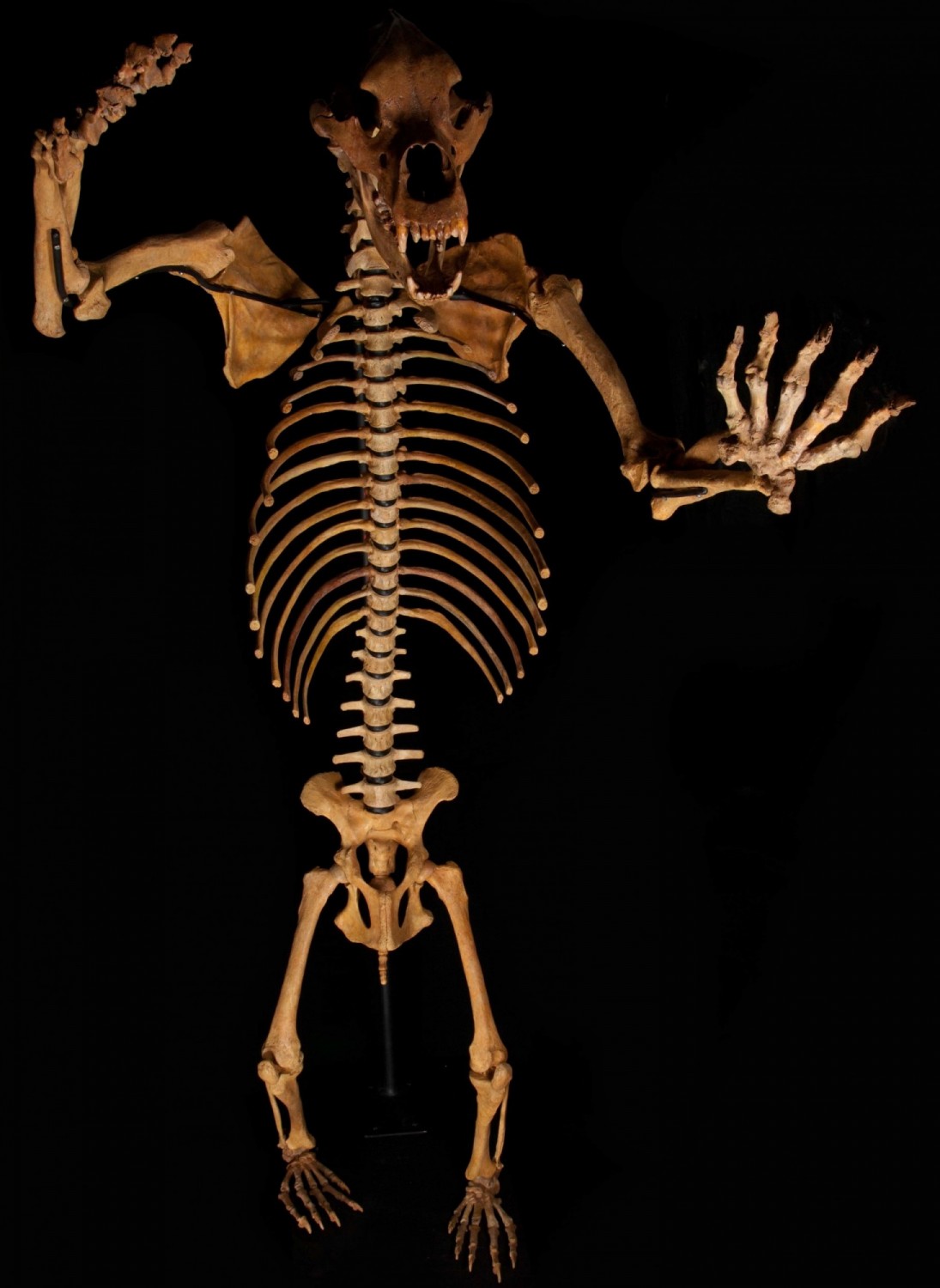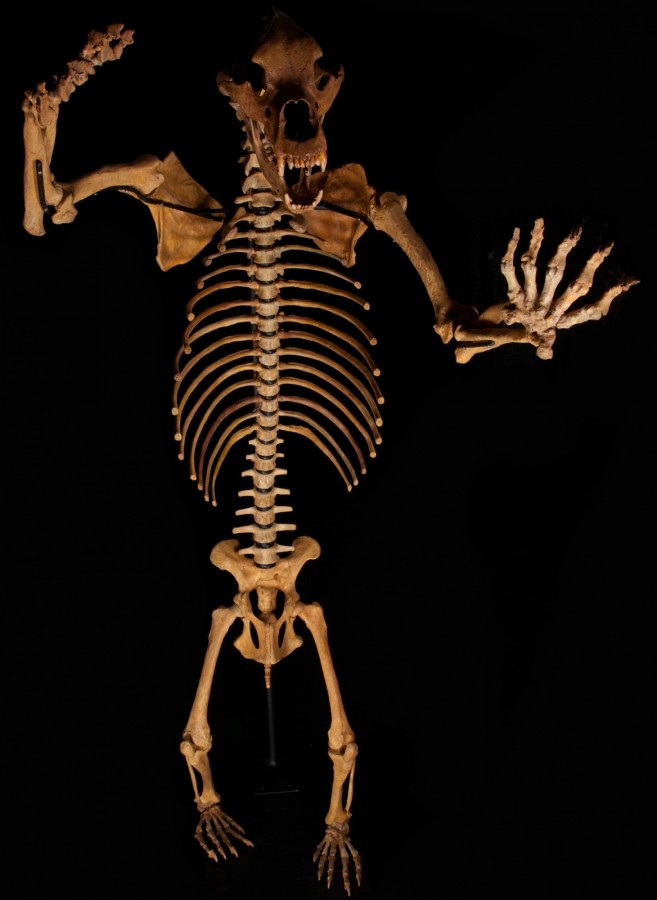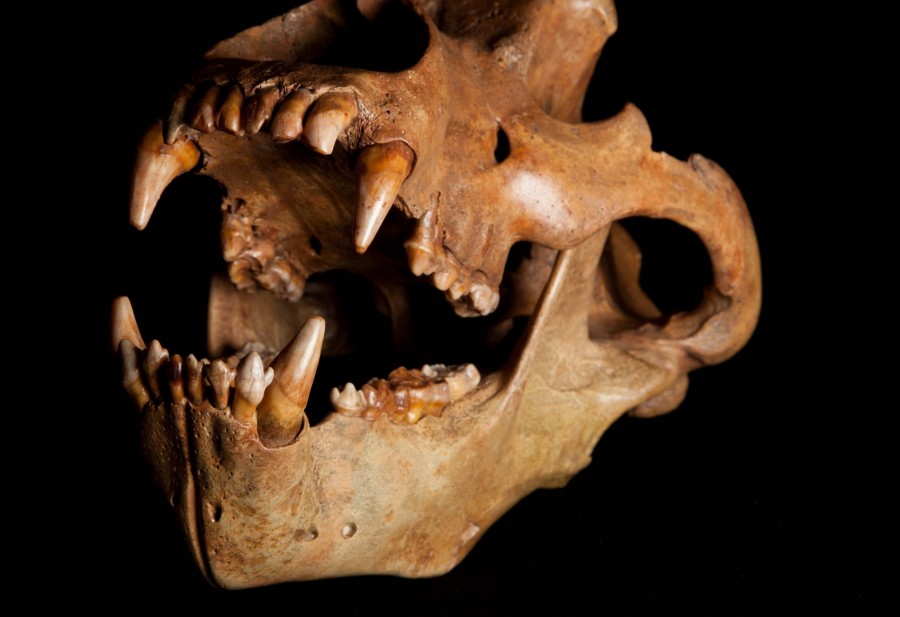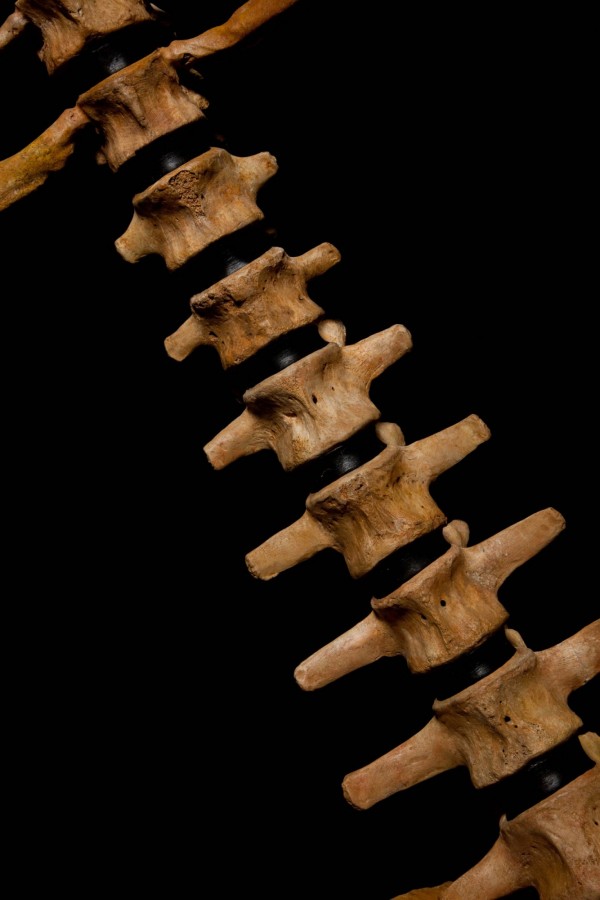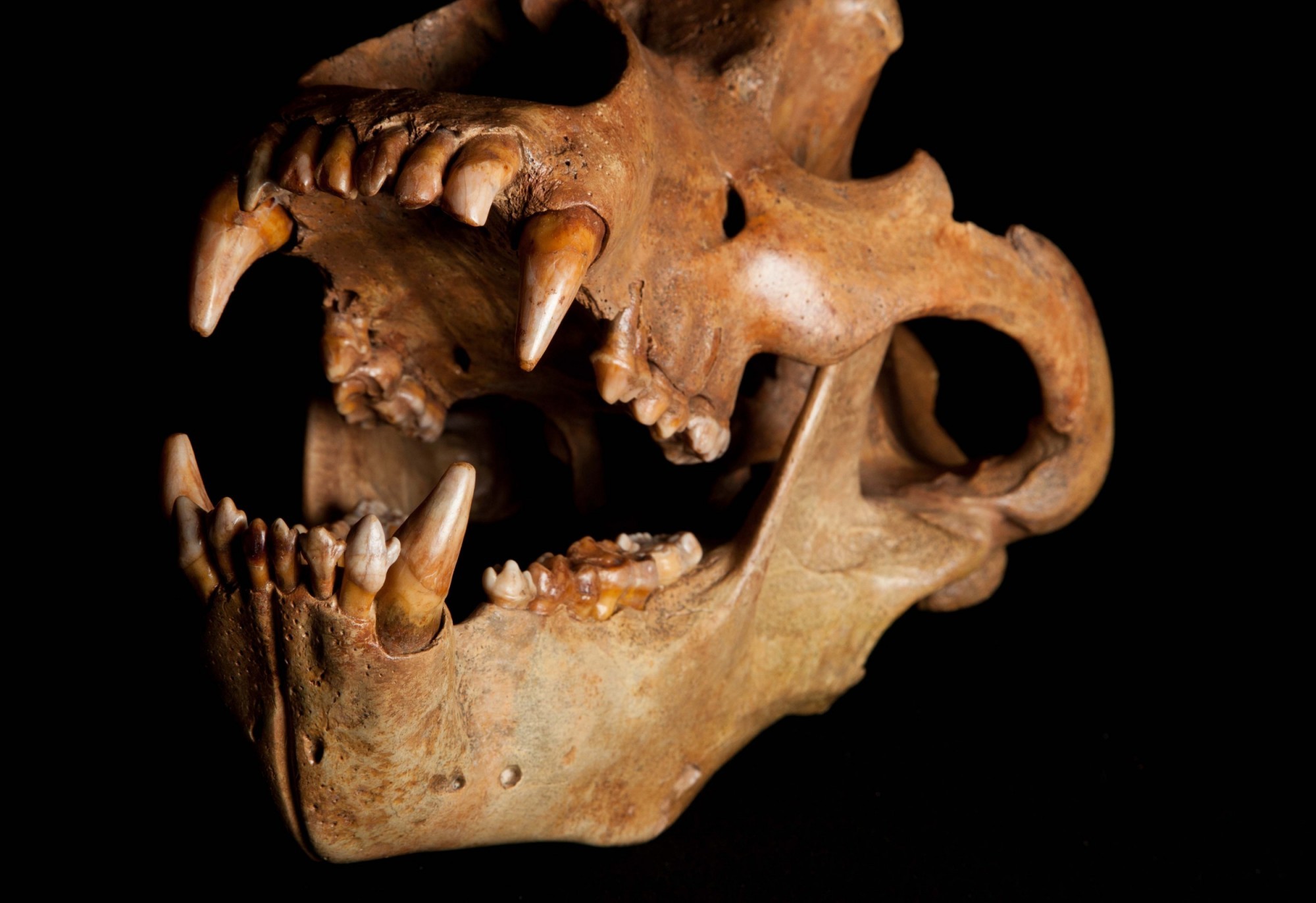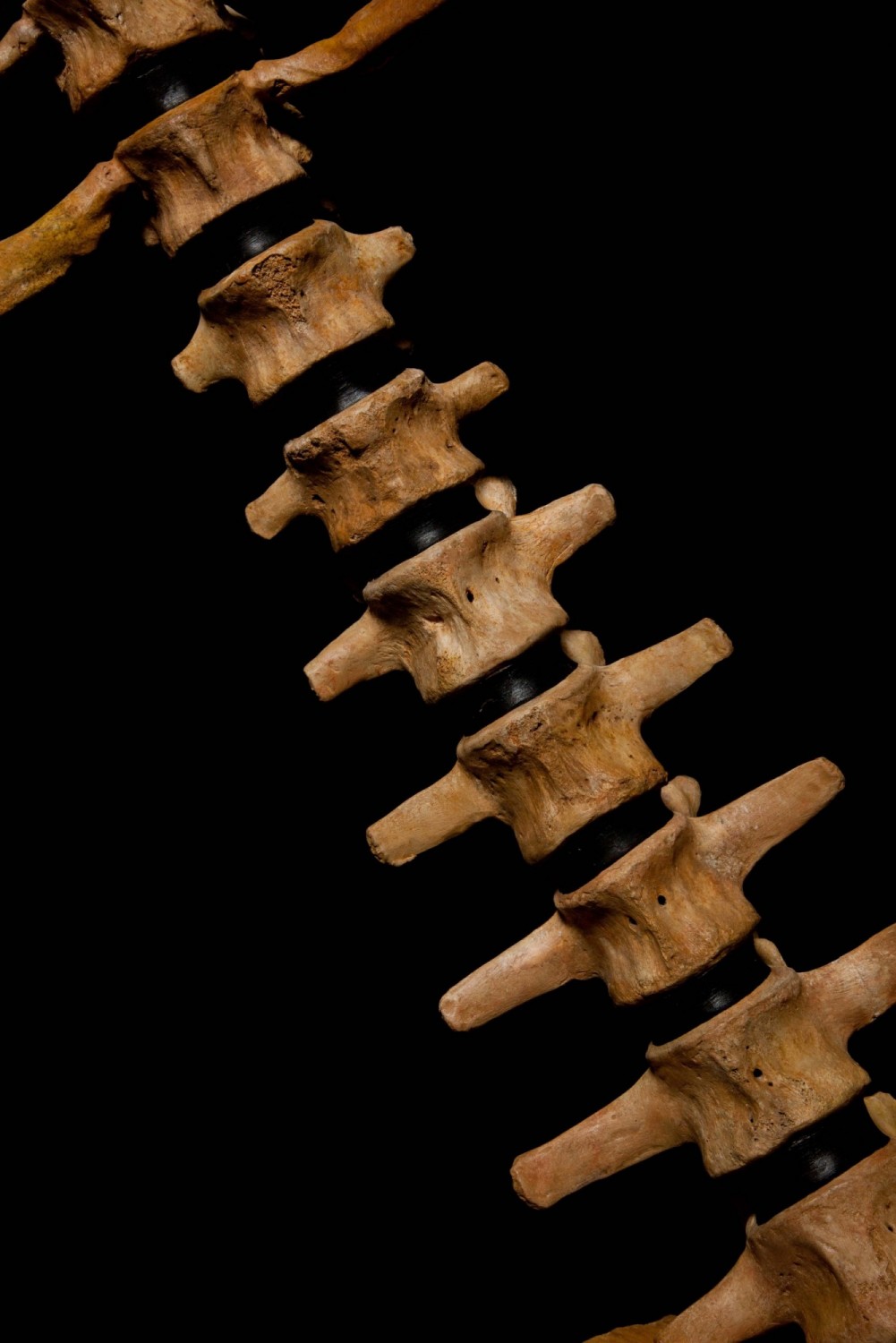| Species: | Ursus spelaeus |
|---|---|
| Location: | Carpathian Mountains, Romania |
| Age: | 10,000 years (Ice Age) |
| Size: | H245cm W95cm |
| Price: | P.O.A. |
| Availability: | Available | Enquire |
The history of Ursus spelaeus is a fascinating journey into Europe’s prehistoric past, where these mighty cave bears roamed vast ice-age landscapes. Their story begins over 100,000 years ago during the Ice Age, when they evolved to thrive in cold, rugged environments. These colossal bears became a dominant species in European caves, where they sought shelter, hibernated, and raised their young. Archaeological discoveries reveal that cave bears were not just solitary creatures; evidence suggests they sometimes gathered in large groups within caves, possibly for seasonal hibernation or social interactions. Over thousands of years, these impressive animals adapted to their icy world, leaving behind a treasure trove of fossilized bones and skulls that paint a vivid picture of their majestic existence.
Their dramatic history took a turn as the climate warmed and the Ice Age drew to a close around 24,000 years ago. Rapid environmental changes, shrinking habitats, and dwindling food supplies put immense pressure on the cave bears, making survival increasingly difficult. Human hunters also played a role, as early humans entered caves and exploited the bears for resources, hunting them for meat, fur, and bones. Despite their formidable size and strength, the cave bear eventually vanished from the European landscape, marking the end of an era in prehistoric history. Today, their remains continue to fascinate scientists and enthusiasts alike, offering a glimpse into a world long gone and reminding us of the fragile balance between species and their environments throughout Earth’s history.
Please note the cave bear pictured is not the skeleton we currently have for sale. Images available on request.
